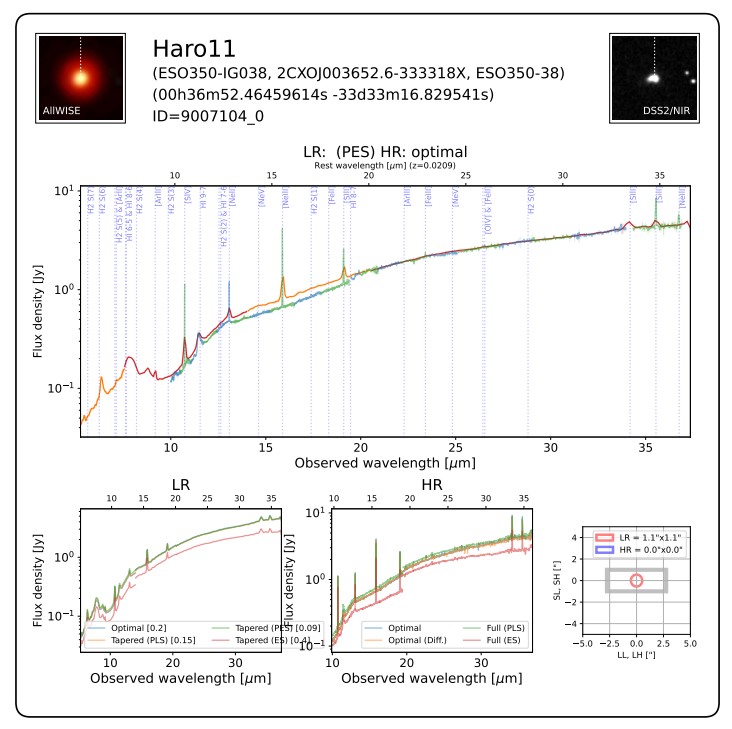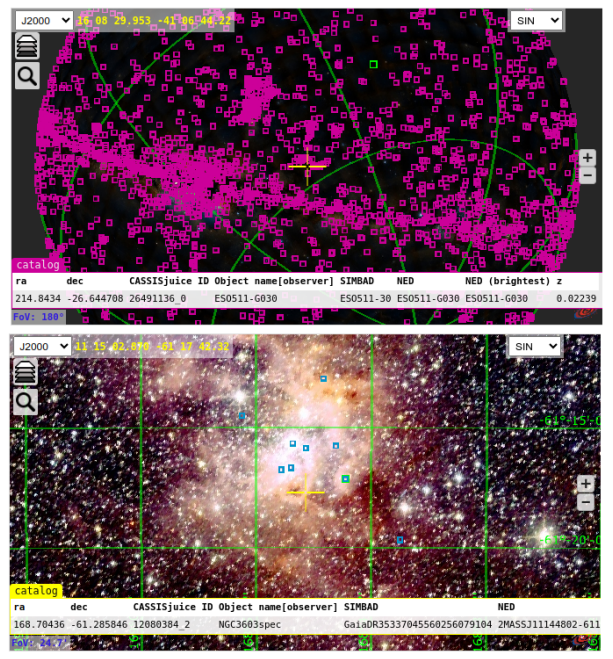
CASSISjuice was supported by the Programme National «Physique et Chimie du Milieu Interstellaire » (PCMI) and the « Programme National de Physique Stellaire » (PNPS) of the CNRS/INSU with INC/INP cofunded by CEA and CNES.
NASA's Spitzer space telescope, JWST's predecessor, was a very successful mission, observing in particular the spectra of several tens of thousands of sources at wavelengths ranging from around 5µm to 38µm. These observations complement JWST/MIRI data for long-wavelength diagnostics, and provide valuable diagnostics in conjunction with JWST or in preparation for future infrared missions.
The CASSISjuice project brings together:
- a fully automated pipeline that "reduces" IRS spectrograph detector images to produce publishable-quality spectra,
- an atlas of all the spectra observed by the IRS during the cold mission, with numerous diagnostics that can be useful to expert users (source extent, potential contamination, etc.).
With the idea of open and reproducible science in mind, the pipeline, atlas and scripts used to build the atlas are available as open-source and free-access gitlab repository, and are described in a reference publication.
CASSISjuice is an extended and improved version of the previous version (simply called CASSIS), adding several hundred sources that hadn't made it through the pipeline, while also updating the high-resolution pipeline and modernizing the products.
CASSISjuice allows users to download more or less detailed products, depending on their expertise, while also providing several Python notebooks for navigating the database.
Tools are provided, for example, to search for and identify spectra according to source position, but also according to similarities with other spectra or a given spectral model. One of the main motivations behind CASSISjuice is to maximize the scientific return from a past mission, keeping in mind that only part of the database has been analyzed and published to date, as is the case with most observatories. In addition to the CASSISjuice atlas, which can be used to study the simplest observations, other tools exist for more complex sources (in particular spatially mixed sources), in particular the AdOpt tool supplied with the pipeline.
The extragalactic sample is presented by the IDEOS project and includes measurements of spectral lines and signatures of molecules and dust in a specific database, also available as a free-access download.






